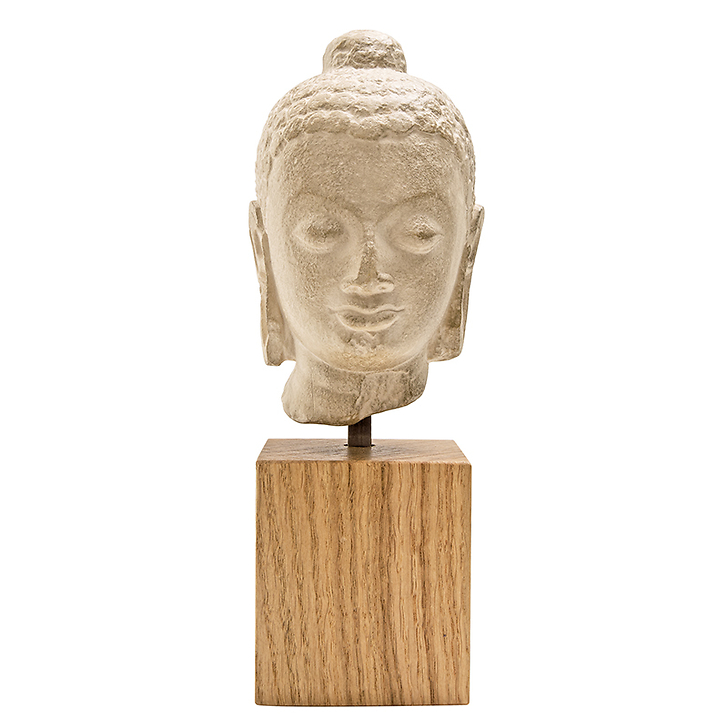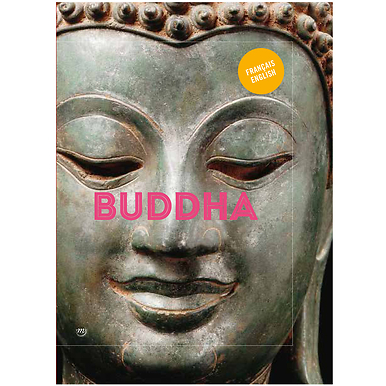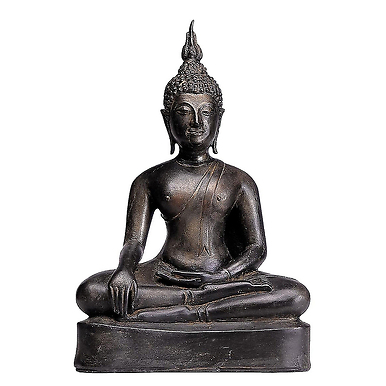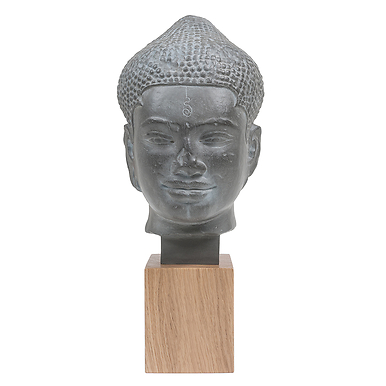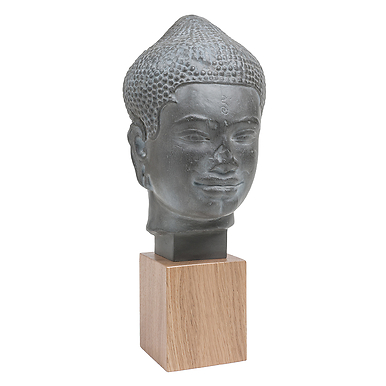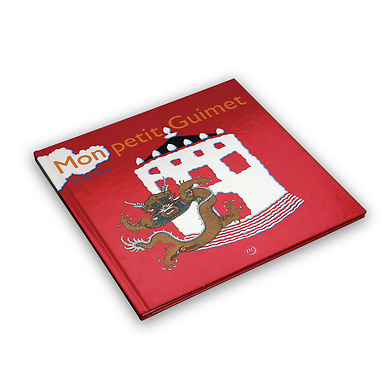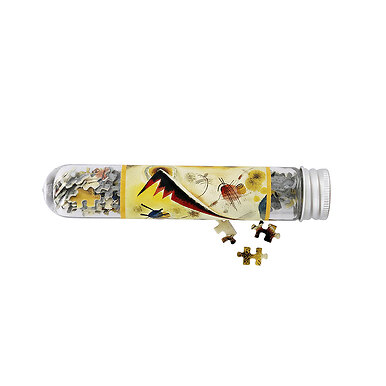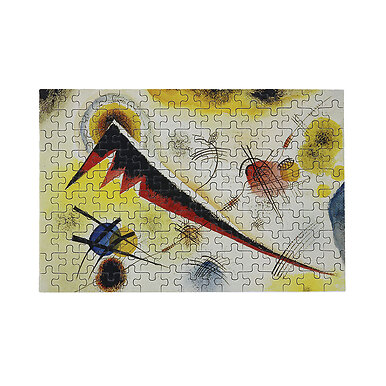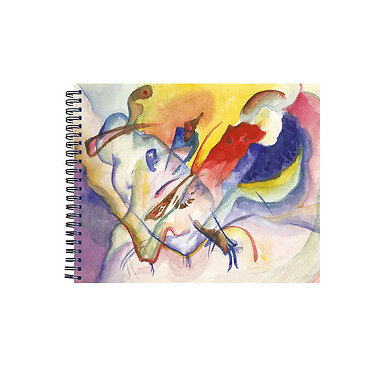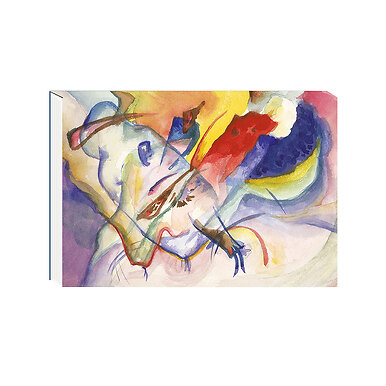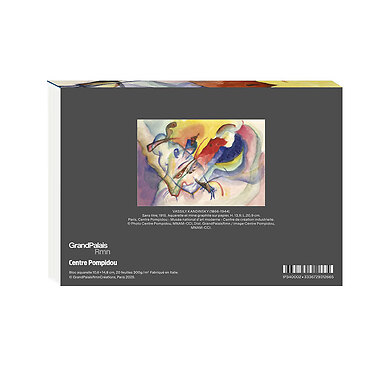Sculpture Gupta Buddha
RK007803
The Gupta dynasty, which reigned over a large part of the Indian territory from the 4th to the 6th century, introduced a style that can be described by the epithet "classic".
From formulas created step by step during the previous centuries, Gupta art set a certain number of these formulas in a well...
Read more
The Gupta dynasty, which reigned over a large part of the Indian territory from the 4th to the 6th century, introduced a style that can be described by the epithet "classic".
From formulas created step by step during the previous centuries, Gupta art set a certain number of these formulas in a well defined style. This style had a huge influence, not only in India but also in all the Asian regions touched by Indian influence.
This style will stay long after the Gupta dynasty disappeared. It was a basis for local styles, often admirable, like the Baraboudour in Java (8th century).
The Buddha Gupta head has no precisely known source. However, the stone in which it was sculpted could be the stone that was largely used in the workshops of the region of Sâmâth (near Benares, by the river Gange), where Buddha Câkyarnuni pronounced his forth predicament inn the 6th century BC.
On a solid wood base
Close
Login to see prices
Sold by GrandPalaisRmn

